Why Does My Back Still Hurt?
Why your back hurts and how to feel better.
Back pain is a common issue that affects millions of people worldwide. To address this, we’re diving into three tough questions about back pain that were posed to a doctor in a recent video. If you’ve ever struggled with back pain or wondered about the best course of action, this post is for you. Let’s break it down!
1. Why hasn’t my back pain improved after weeks of physical therapy?
This is a common frustration for many people. The expectation for quick results can be strong, but healing often requires patience and consistency.
Here are key points to consider:
• Timeline for Improvement:
If your back pain is caused by musculoskeletal issues (such as problems with muscles, ligaments, or bones), you should start noticing improvement within four to six weeks of consistent physical therapy.
• Consistency is Crucial:
It’s important to attend sessions regularly, follow your physical therapist’s advice, and complete any prescribed home exercises.
• Other Contributing Factors:
Back pain isn’t always purely physical. Stress, poor sleep, and inadequate nutrition can all play a role. If therapy alone isn’t effective, addressing these areas may help.
• When to Seek Further Help:
Sometimes, back pain requires additional evaluation. Your therapist might refer you to a specialist, such as a pain doctor or orthopedic surgeon, to explore options like medication or injections. Surgery is rare and typically a last resort after conservative treatments have been exhausted.
2. Do I really need physical therapy, or can I find exercises online?
The short answer is: It depends! While online resources can be incredibly helpful, there are situations where professional guidance is invaluable.
• Benefits of Online Exercises:
Many back pain issues improve with movement, and there are plenty of free online programs (like the one mentioned in the video) that offer guided exercises. If your pain isn’t severe and improves with movement, online resources might be a good starting point.
• When to See a Professional:
If the exercises you try worsen your pain or don’t lead to improvement, it’s time to consult a physical therapist. They can evaluate your specific condition and create a personalized treatment plan.
3. Why is movement recommended when resting feels better?
It’s natural to want to avoid pain, and resting often provides short-term relief. However, too much rest can backfire.
• The Problem with Prolonged Rest:
While rest may feel good initially, it can lead to muscle weakness and stiffness over time. Avoiding movement can also create a fear of pain, making it harder to resume normal activities later.
• The Importance of Gentle Movement:
Movement helps keep your muscles strong and your joints flexible, which is essential for recovery. The goal is to find activities that are tolerable and gradually build up your strength and mobility.
• Preventing Fear-Avoidance:
Avoiding movement can spiral into avoiding daily tasks like bending, lifting, or even playing with your kids. Overcoming this fear with the guidance of a physical therapist can help prevent long-term complications.
• Final Thoughts
Back pain can be challenging, but understanding the root causes and following a consistent, balanced approach to treatment can lead to lasting relief. Whether you’re trying exercises at home or working with a professional, listen to your body and seek help when needed.
If you have questions about back pain, drop them in the comments! For more tips on health and recovery, don’t forget to subscribe to the channel.
What Do You Want To Learn About?

For Physicians
Stay Up To Date with My Research

For Your Company
Professional Public Speaking

For Patients
Knowledge Is Power

